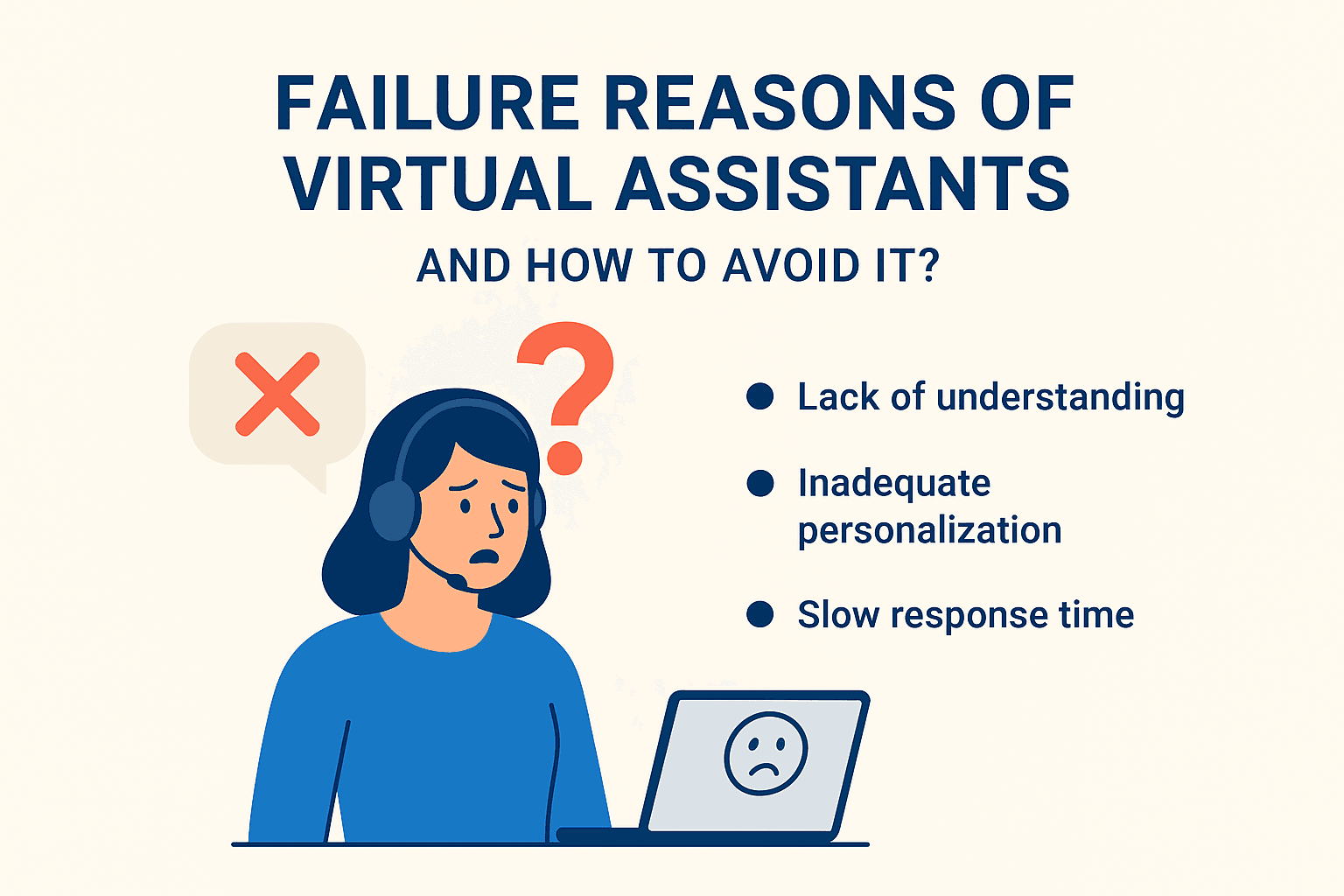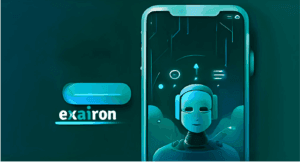“Sorry, I don’t understand.” “Oops, didn’t quite get that.” “Please say that again.”
We’ve all been there. Surfing a phone company or bank’s website, trying to get an answer from a chatbot only to have the interaction ends in frustration, if you’ve never received a chatbot failure message, consider yourself lucky.
Virtual assistants powered by conversational AI can be a valuable tool for automating assistance and offering excellent customer experiences. While this may appear to be an easy task, in theory, we have discovered that most existing chatbot systems fail before they start.
Here are the most common virtual assistant project fails and how you can avoid 👇
1. Failure to Time and Scope of the Project
It’s impossible to deny that customers will expect you to answer all their questions. While this is an unrealistic expectation, you still want to get as close as possible to meet that demand. To achieve this, the chatbot scenarios must be prepared in detail and in a complex way at the beginning of the project. The more complex and detailed the initial project, the more time it requires for finalization. Naturally, you want to see results as fast as possible as a customer. This quickly results in a conflict between the customers and the drained budget; can often lead to years and years of development hell, increasing the overall cost of a project and effectively nullifying any positive outcomes in terms of a business case, so the project never gets off the ground.
📌Solution: Now, if I tell you there is on-the-job training for your chatbots that sounds great, right? Imagine that you are training your chatbots and creating scenarios while talking to the customer. No need to create complex scenarios from scratch. Use the assistant mode for the on-the-job training of virtual assistants. In this way, you can train your chatbots in daily operation without the need for projects which take months.
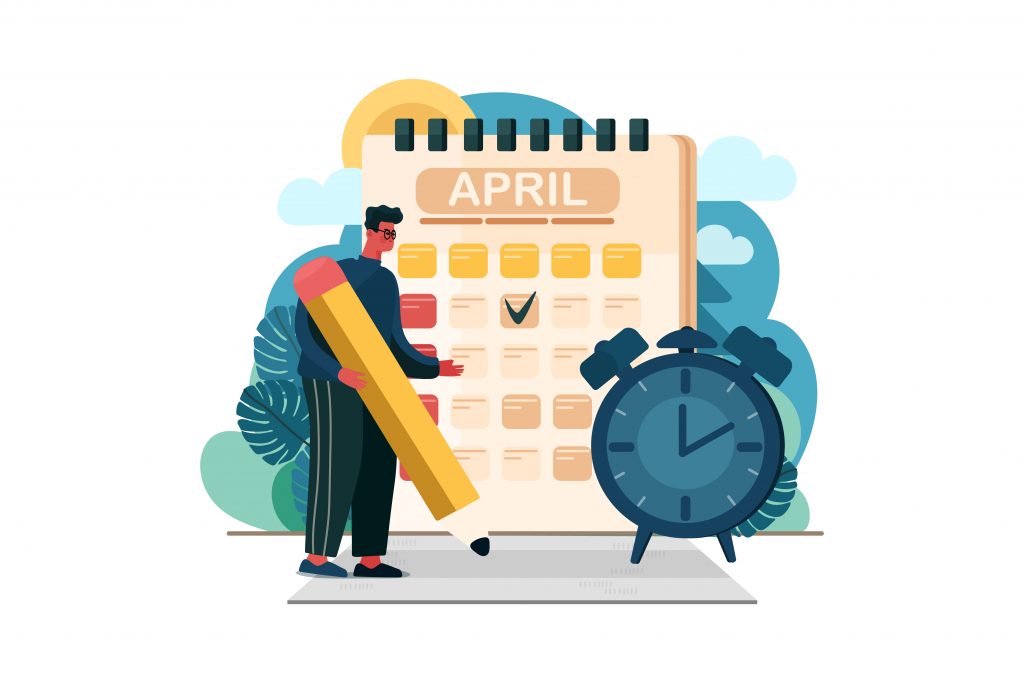
2. Failure to Implementing
Many chatbot software providers are obliged to their customers to create their chatbot scenarios with a seemingly easy drag-and-drop interface. However, interfaces for creating chatbot scenarios are much more complex and difficult than they seem, these screens are not like natural daily conversation flows and therefore customers get lost confused, and frustrated about creating flows and scenarios. This causes them to be forced and dependent on the onboarding process.
📌Solution: The best way to solve this is to change the drag-and-drop system and create an extremely user-friendly interface that provides natural daily conversation flows that allow existing staff to leverage their expertise and easily develop and maintain their conversational flow.
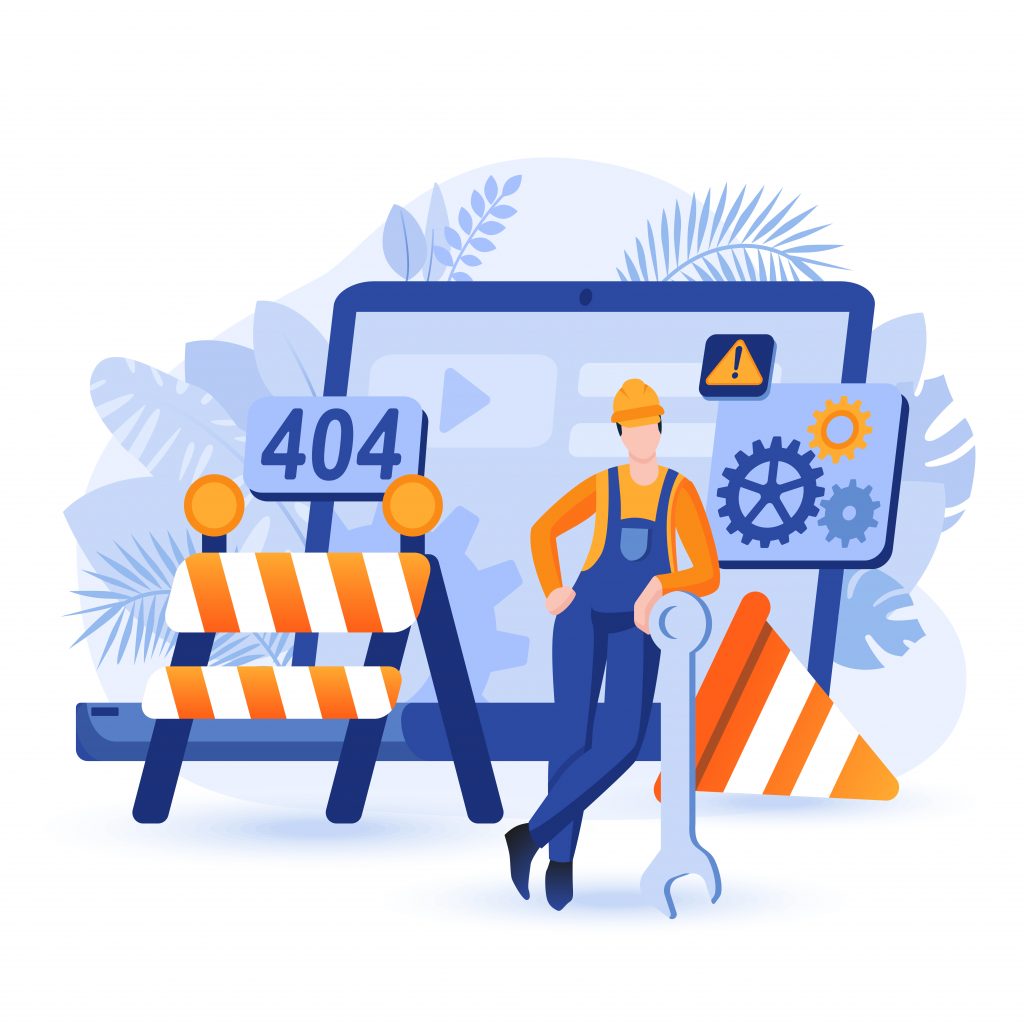
3. Failure to Provide Natural Conversation Flows
Many chatbots are nothing more than glorified flowcharts, their responses same as IF/THEN scripts, simple conversation flows and may even make it possible to click your way down to a correct answer. These solutions provide a sub-par experience that, ultimately, ends up frustrating customers and giving off a negative impression of your brand.
📌Solution: Conversational AI offers an alternative to these basic solutions. Thanks to Machine Learning and advanced Natural Language Understanding (NLU), a virtual agent can interact with customers using natural language and, in a manner, resembling what they are accustomed to with human customer support.

4. Failure to Handover
We know that not every customer’s needs are the same. According to our observations, most of them (mostly generation X) still want to interact with a real person, which is perfectly normal. According to the customer support they want to receive, chatbot programs should be able to provide a bridge between virtual assistants and agents. Unfortunately, existing solutions provide disconnected Live Chat and Chatbot software/modules. Handover between chatbots and agents is the apparent solution, but communication problems and delays of the solution mostly lead to a source of customer dissatisfaction.
📌Solution: Chatbots and agents can serve as a team, thus eliminating the need for handovers. Chatbots and operators carry out customer communication together.
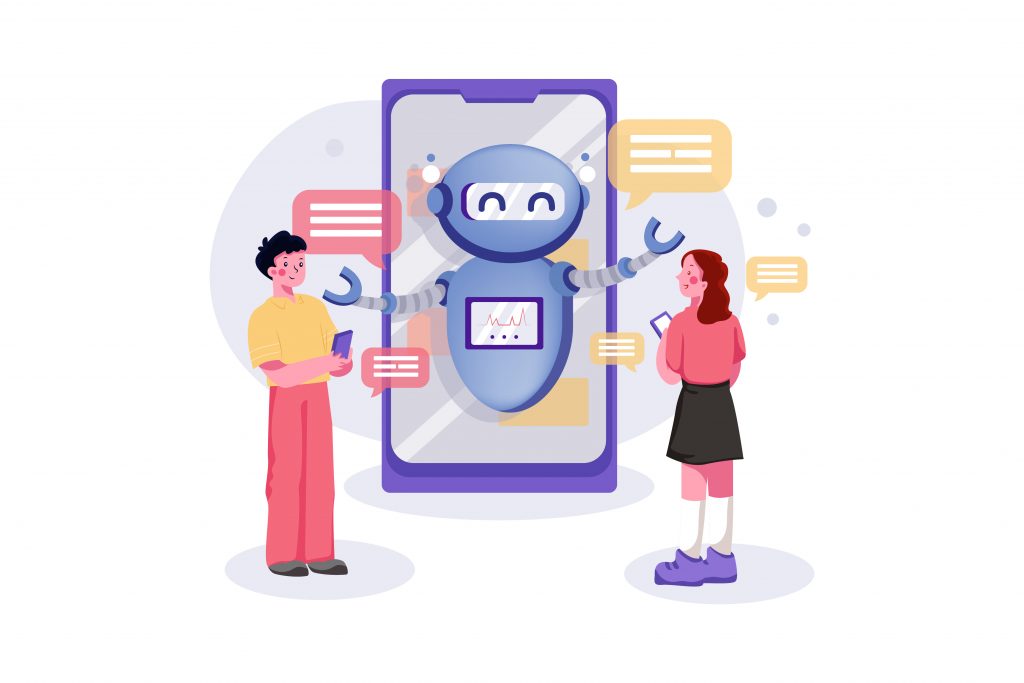
📍Conclusion
Be sure that you seek out the expertise of industry professionals that are aware of how a virtual assistant can fail, and your new conversational AI asset will be improving customer satisfaction immediately.

